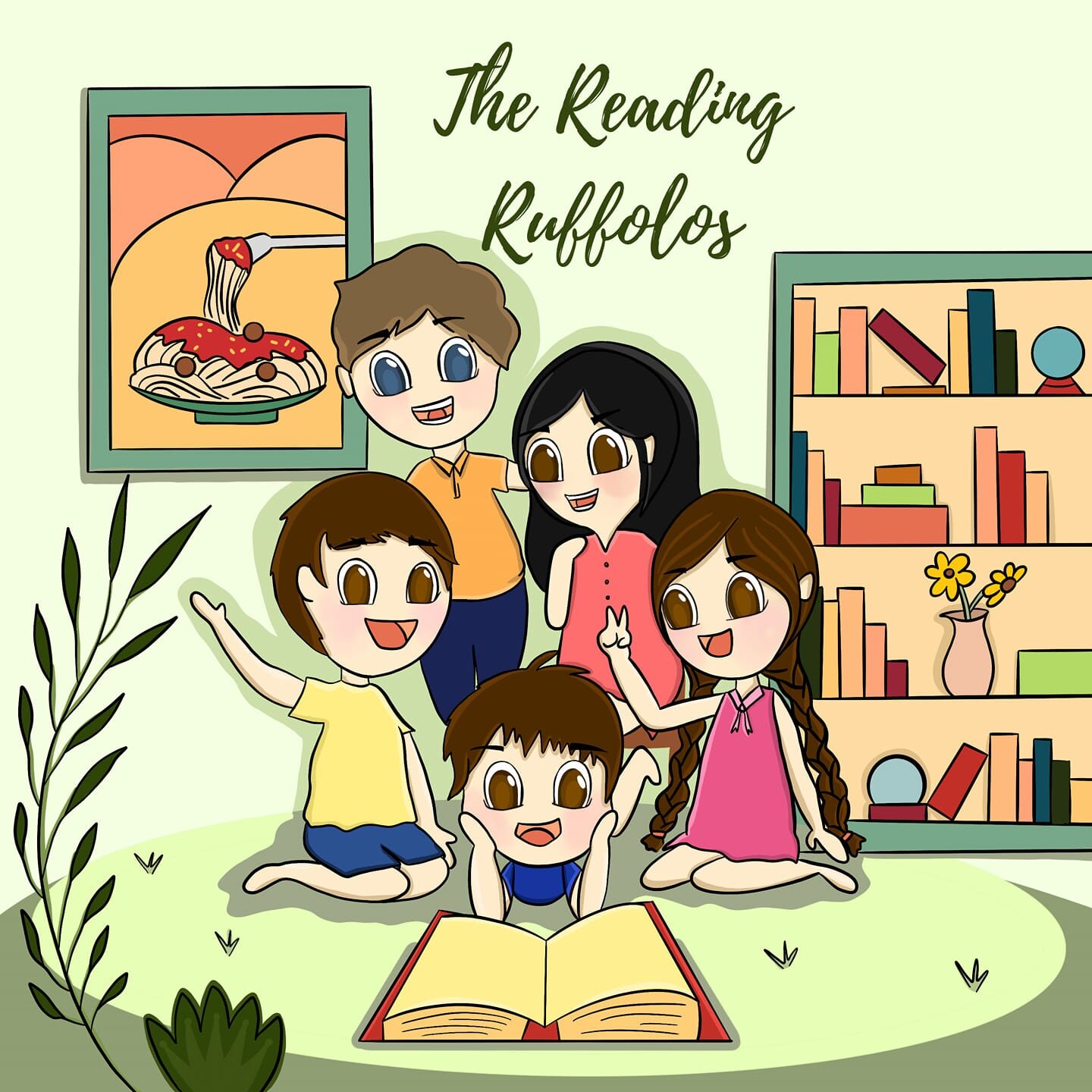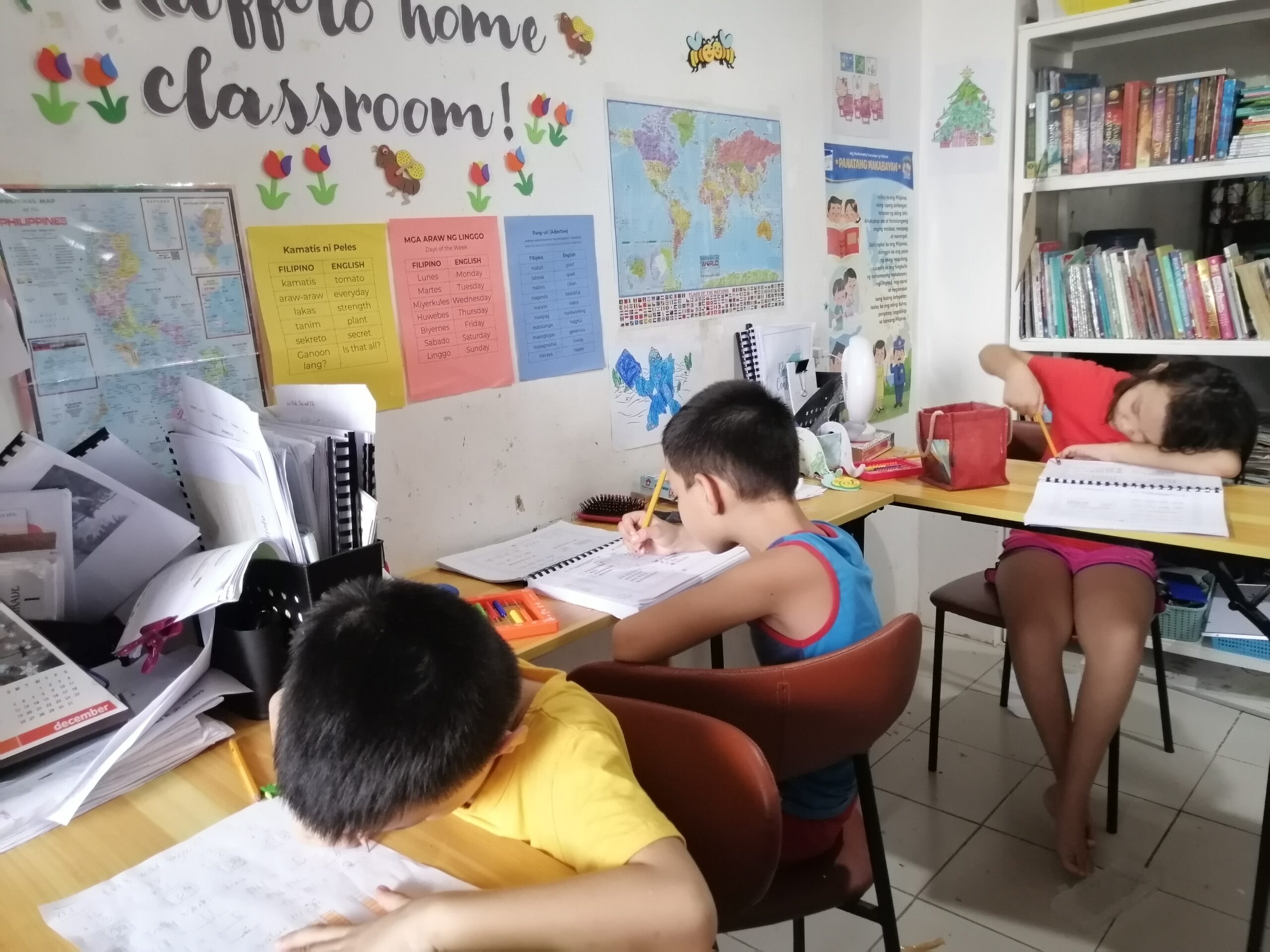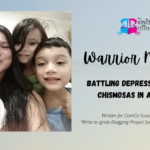There was a part of me that protested against teaching Filipino to my children. You see raising children in a multi-cultural, multi-lingual household is a huge challenge for me, who serves as parent and teacher.
Don’t get me wrong. I love languages and I can speak and write Filipino fluently. But after English, Binisayang Sugbuanon, and Chinese, I didn’t want to add another language in the list because we’re still learning Science, Math, Social Studies, and a long list of subject areas.
It was Antoinette who pushed me to teach them Filipino, their fourth language. She said it’s good to learn Filipino so she can understand what people from Manila are talking about.
During the lockdown, they were enrolled in a public school that pushed our patience to the limits. The Filipino subject was such a challenge to learn that we turned to storybooks for help. This year, when we embraced full-time homeschooling (or rather went back to it), we asked ourselves, “What is our goal in learning Filipino?” Nicholas said “to read books.” Antoinette agreed. JJ wasn’t participative at all. I had a hard time teaching him Binisayang Sugbuanon. Surely learning Filipino would be an uphill climb. Or so I thought.
When we started this school year last September, I didn’t have a definite plan in teaching Filipino. I just thought that I have hundreds (literally, hundreds!) of bilingual storybooks (English-Filipino mostly) by Adarna, Hiyas, Tahanan, Anvil, and other independent publishers that I’ve gathered since 2010 so I’ll just use those to get through with Filipino.
Come to think of it I’ve been storytelling since I was five years old using copies of those books. I’ve collected copies for myself since 2010. That’s 11 years of piling up one board book after another and moving to five addresses.
Then, it hit me. I must have thought of doing something with those books when I started gathering them. Of course, I did! I remember being in my apartment in Mandaue City, 25 years old and thinking: “I should write lesson plans for these books.” Back then, 2011, I knew very little about writing lesson plan. Three years later, Mom to twins and living in China (and later in the US), I was studying Language and Literacy Education at UP Open University where one of my courses was on literature-based lesson plans. I eventually earned my diploma in 2016. See how everything eventually connected even when I did not deliberately plan them?
And so, back in September, I made the decision to convert the entire living room into a library-classroom. I gathered at least four board that we will tackle for the first quarter. We’re going to take it slo, I thought. One book every two weeks and we will learn how to read in Filipino while incorporating lessons on the parts of speech and values.
“Ang Kamatis ni Peles” is one of the four books. We had drills on saying words and expressions in Filipino and learned “Mga Araw ng Linggo.” Antoinette is a budding linguist and she enjoys this very much. To my surprise, Nick and JJ are picking up the language too. They have an accent when they read in Filipino but they don’t sound like robots anymore. I am a happy Mommy Teacher.
Several of these board books can be purchased at National Book Store or any book store for that matter. You can also order them online via the publishers’ Lazada and Shopee Stores. I USED to write book reviews of these pieces but stopped when I worked full time. Perhaps I should get back to it.
For now, here’s Antoinette reading “Ang Kamatis ni Peles” in Filipino, her fourth language.





